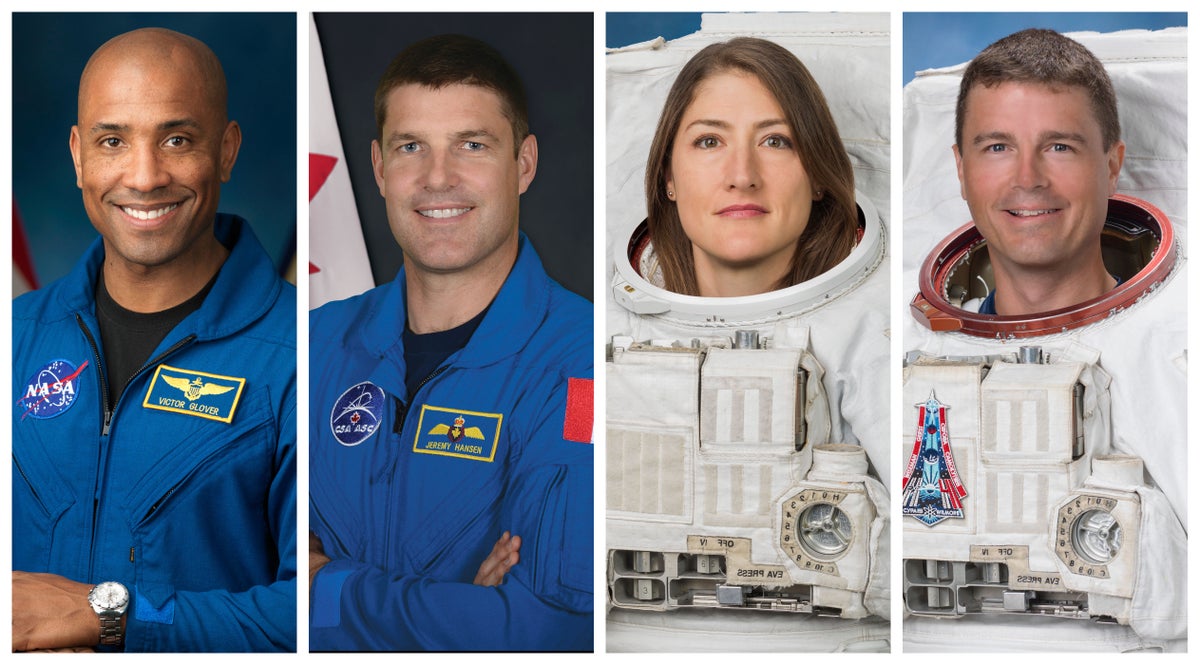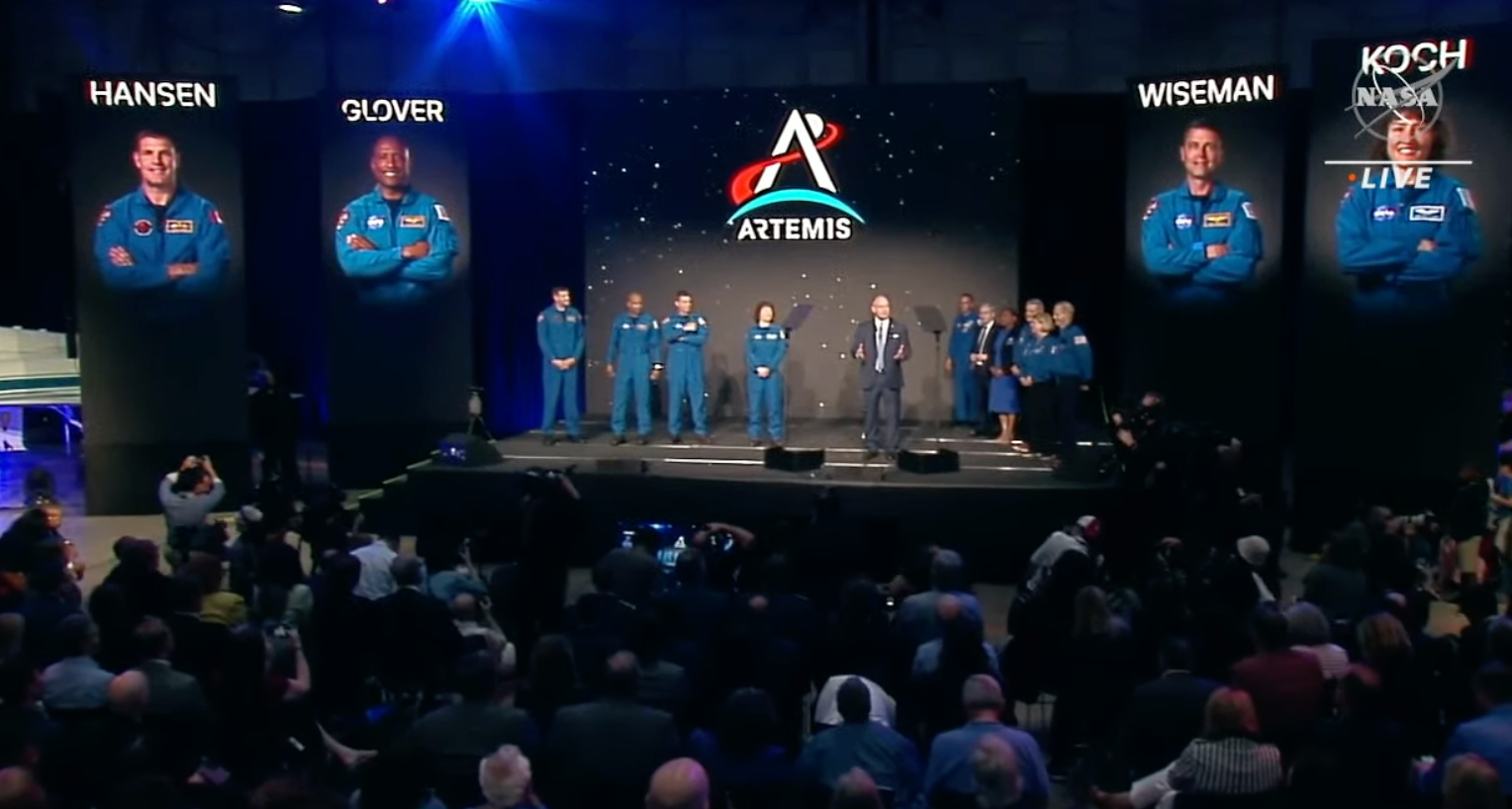
Nasa has announced the first four astronauts who will head back to the Moon, as part of its Artemis programme.
Christina Hammock Koch will be the mission specialist, and the first woman chosen for a lunar mission; Jeremy Hansen will serve in the same role; Victor Glover will be the mission’s pilot and the first person of colour on such a trip; and Reid Wiseman will be its commander.

Some of that crew have already conducted pioneering space missions. Ms Koch holds the record for the longest continuous time in space by a woman as well as being part of the first all-female spacewalk, for instance.
The four were chosen by Norman D Knight, Nasa’s head of flight operations. He helped announced the new team, alongside Nasa administrator Bill Nelson, at an event on Monday.
Nasa hopes they will be the first astronauts in a programme that hopes eventually to land on the Moon – and then use that as a base to head to Mars.
The objective of the Artemis II flight, a 10-day, 1.4-million-mile (2.3-million-km) journey around the moon and back, is to demonstrate that all of Orion’s life-support apparatus and other systems will operate as designed with astronauts aboard in deep space.
The flight is targeted for as early as 2024.
As planned, Artemis II will venture some 6,400 miles (10,300 km) beyond the far side of the moon before returning, marking the closest pass that humans have made to Earth’s natural satellite since Apollo 17, which carried Gene Cernan and Harrison Schmitt to the lunar surface in December 1972.
They were the last of 12 NASA astronauts who walked on the moon during six Apollo missions starting in 1969 with Neil Armstrong and Edwin “Buzz” Aldrin.
At its farthest distance from Earth, Artemis II is expected to reach a point more than 230,000 miles (370,000 km) away, compared to the typical low-Earth orbit altitude of the International Space Station, about 250 miles (420 km) above the planet.
Carried to Earth orbit atop NASA‘s two-stage Space Launch System (SLS) rocket, the Artemis II crew will practice manual maneuvers with the Orion spacecraft before handing control of the capsule back to ground control for further tests and the lunar flyby portion of the mission.
The outbound journey would culminate with Orion looping around the moon, then using both the Earth’s and the moon’s gravity to send the spacecraft on a propulsion-free return flight lasting about four more days, ending in a splashdown at sea.
If Artemis II is a success, NASA plans to follow up a few years later with the programs’ first lunar landing of astronauts, one of them a woman, on Artemis III, then continue with additional crewed missions about once a year.
Compared with the Apollo program, born of the Cold War-era U.S.-Soviet space race, Artemis is broader based, enlisting commercial partners such as Elon Musk’s SpaceX and the government space agencies of Canada, Europe and Japan.
It also marks a major redirection of NASA‘s human spaceflight ambitions beyond low-Earth orbit after decades focused on its Space Shuttles and the International Space Station.
Additional reporting by agencies







